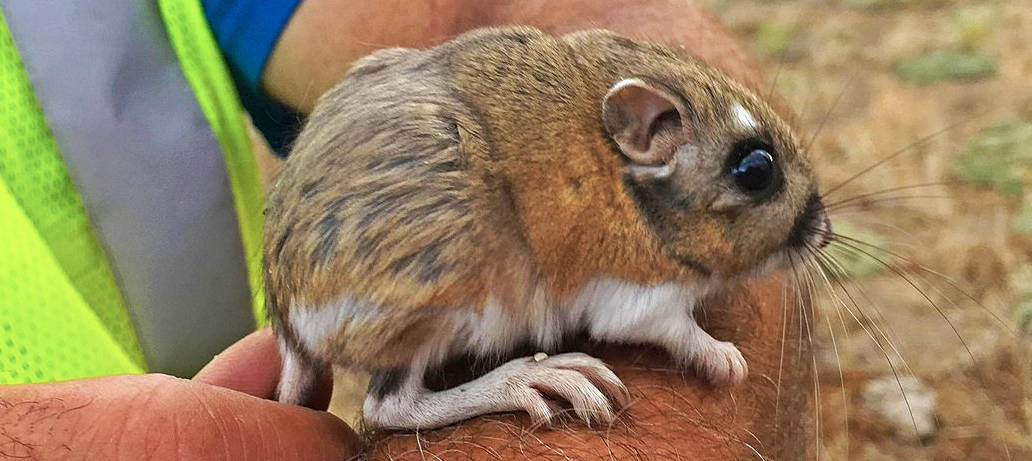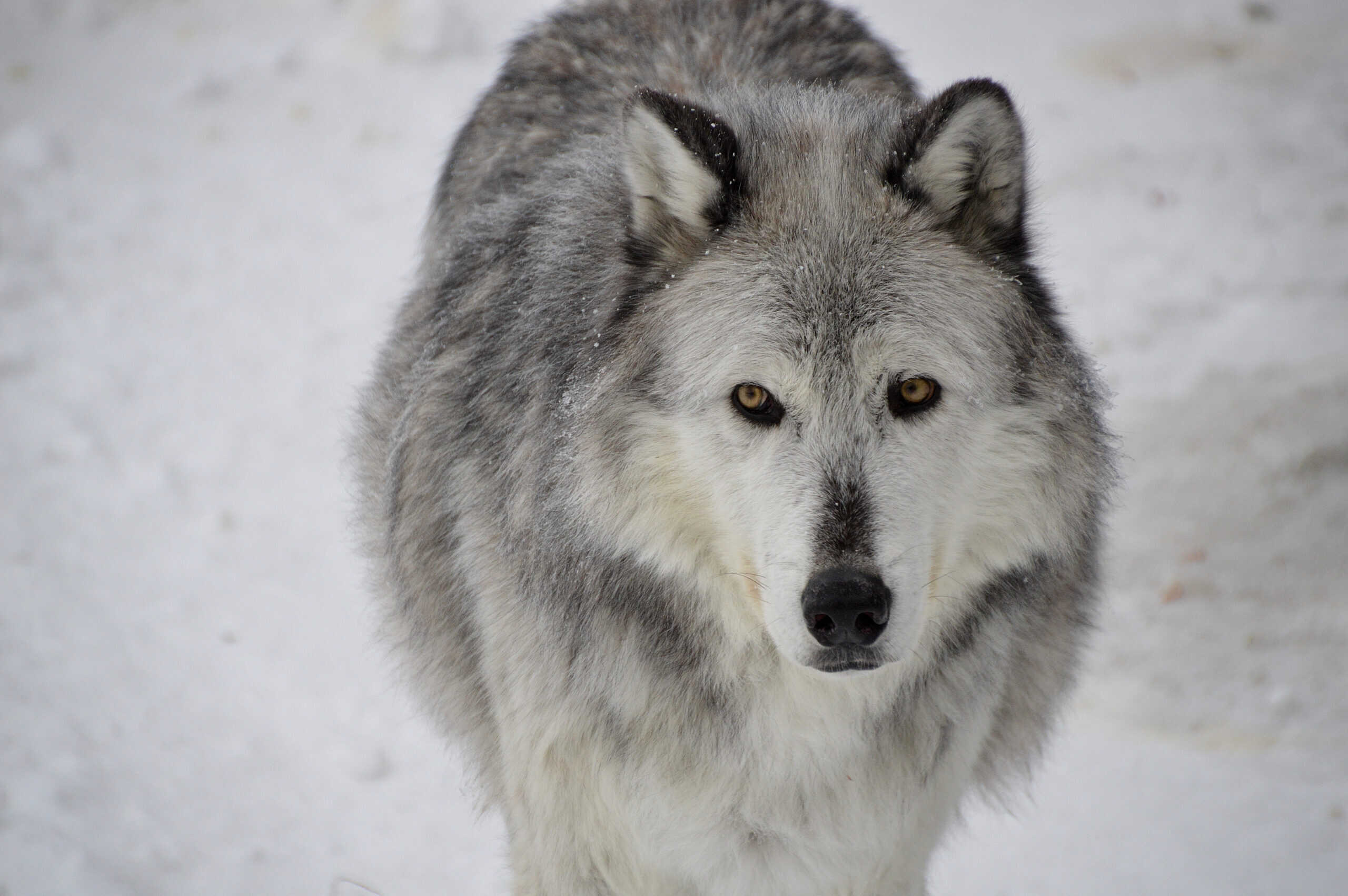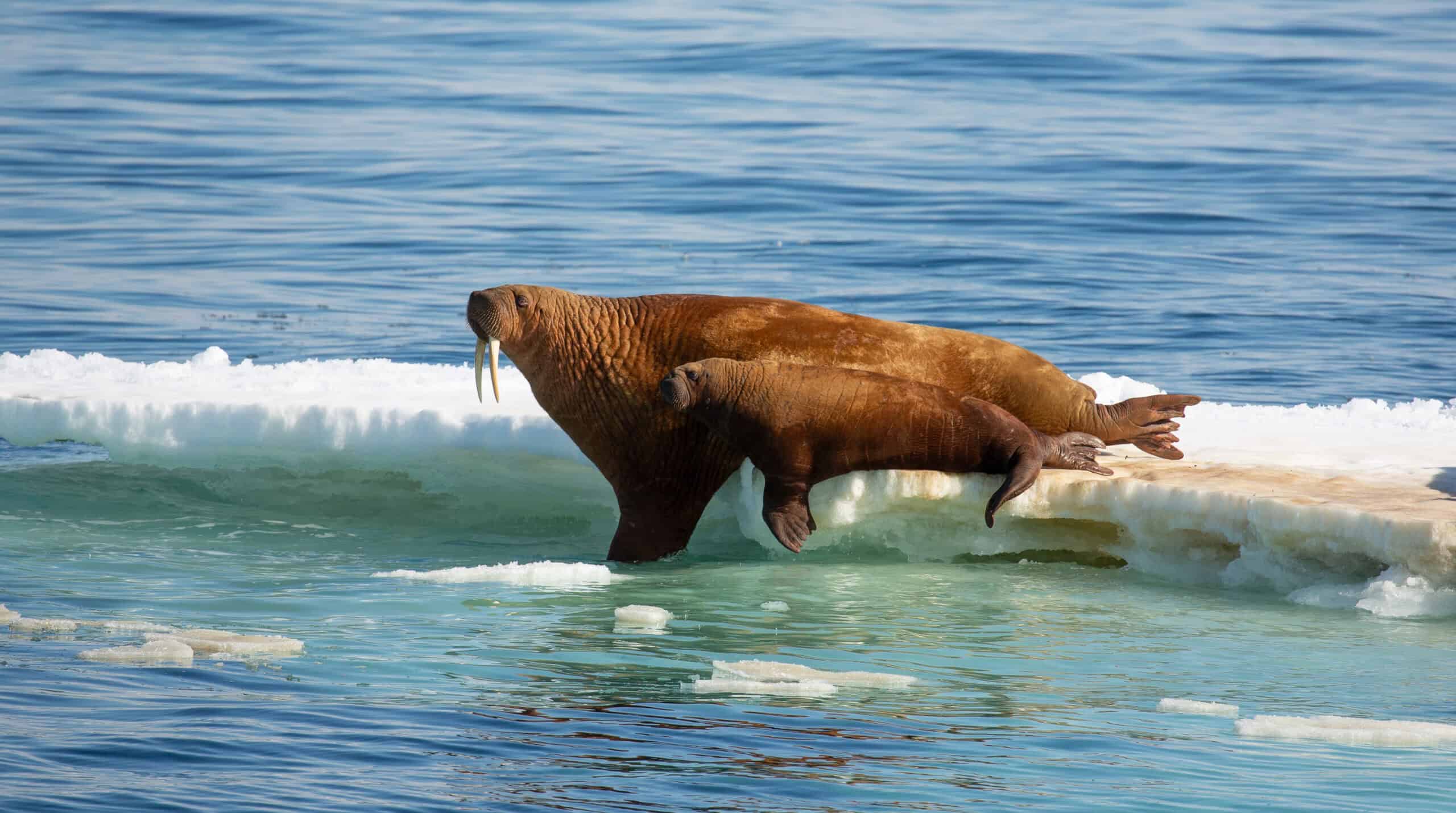Share this article
WSB: Mapping a species’ future through climate change
For wildlife managers, conserving habitat for endangered species in the midst of climate change can be a moving target. As conditions change on the ground, the landscapes the species use now may be different from the ones they choose in the future.
“For a lot of this, there’s no true prescription,” said TWS member Jennifer Wilkening, a biologist in the U.S. Fish and Wildlife Service’s Southern Nevada Fish and Wildlife Office.
But Wilkening wanted to give managers a tool to help map their way through climate change. In a paper published in the Wildlife Society Bulletin, she describes how a computer modeling program can plot out not only current ecological niches but where those niches might be in the future.
“One of our goals in doing this was almost to offer a proof of concept — the idea that this is what we should be thinking about,” said Wilkening, the paper’s lead author.
“At least you have some sort of blueprint to look into the future,” she said. “It could be inaccurate in some areas. It’s not a guarantee. But it can serve as a guiding principle to at least give us some idea of what the landscape may look like in the future.”
Wilkening and her team focused on Stephens’ kangaroo rat (Dipodomuys stephensi), an endangered mammal that occupies the coastal sagebrush ecosystem of Southern California. Wilkening knows the species well. She previously worked as an ecologist for the Department of Defense at Camp Pendleton, near San Diego, where the Stephens’ kangaroo rat was one of two endangered mammals on the base.
Unlike some cold-loving species, Stephens’ kangaroo rats may not face much physiological threat from climate change, Wilkening said, but as her team modeled future climate scenarios, other concerns arose. The rodents have a sort of “patchy distribution,” she said, occurring in some places, but not others. Under future scenarios, their ideal habitat will likely shift westward, but in South California’s urbanized landscape, roads, development and other barriers may prevent them from shifting with it.
“It’s prime real estate,” Wilkening said. “There are some future habitat areas that might be suitable, but they’re not going to be able to get there on their own.”
Wilkening’s team used the ecological niche modeling program MaxEnt to map out where the Stephens’ kangaroo rat currently occurs and where it might be successful under various climate scenarios.
That kind of modeling may be especially important for threatened and endangered species, she said, because often their listing is due in part to them being relatively rare to begin with, and habitat specialists that require a precise mix of conditions.
“California is a snapshot of that,” she said. “It has a lot of these species that are listed as threatened or endangered and are only found in California. They have a narrow distribution. When thinking about something like climate change, with these species in particular, it wouldn’t take much to wipe them out.”
Mapping out their possible future habitats could help busy managers find ways to prioritize conservation actions in the landscapes they rely on, Wilkening said.
“In my experience, managers have limited time, limited resources, but there really is a desire to try to implement this kind of thing.” She said. “We started some of the analyses that are part of this paper with that idea in mind. We know climate change is happening. What sorts of things could we do — that don’t take a lot of time and are relatively easy to accomplish — that managers can implement?”
TWS members can log in to read this paper in the Wildlife Society Bulletin.
Header Image: A member of the pocket mouse family, the Stephens’ kangaroo rat may see its habitat shift as a consequence of climate change. ©Emily Cate/USFWS








